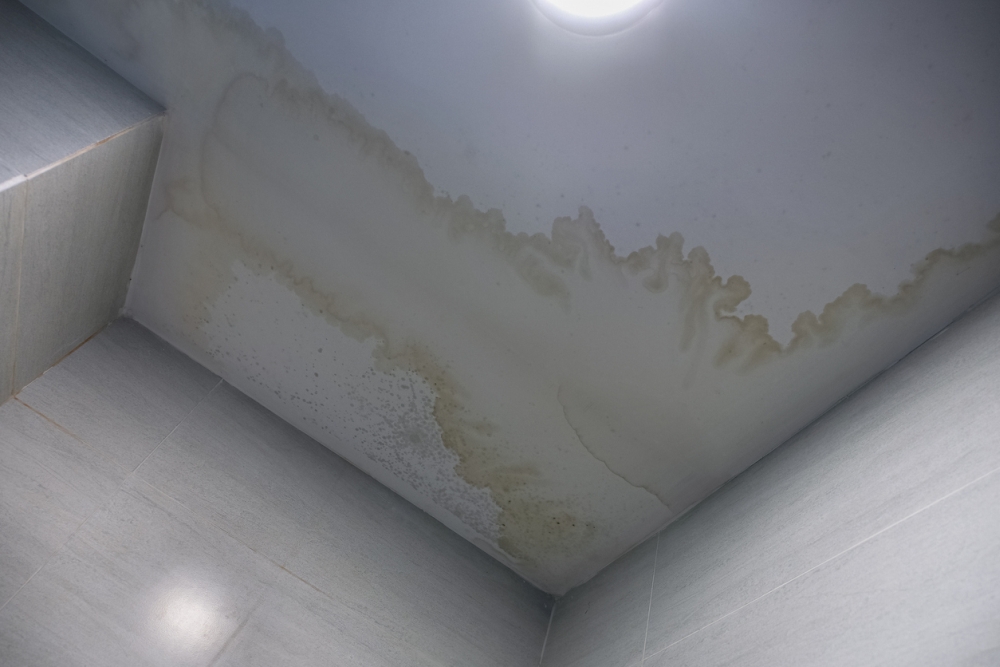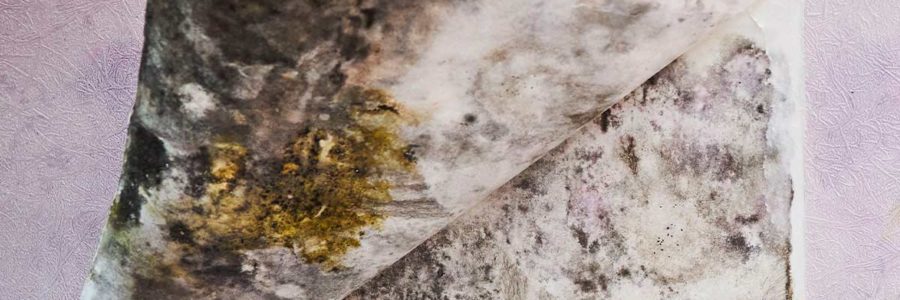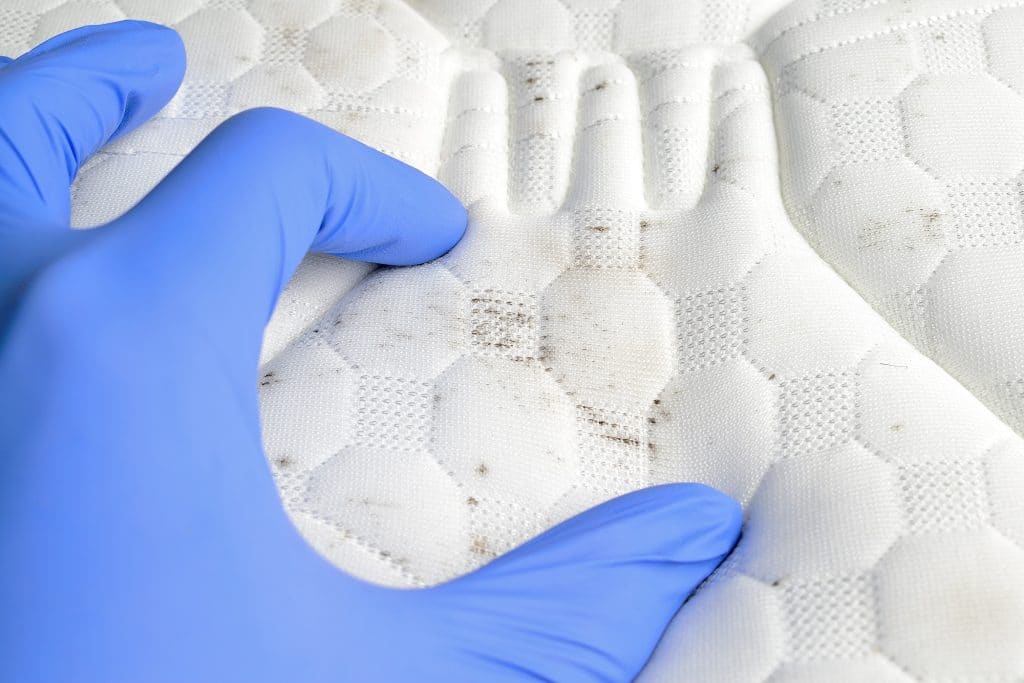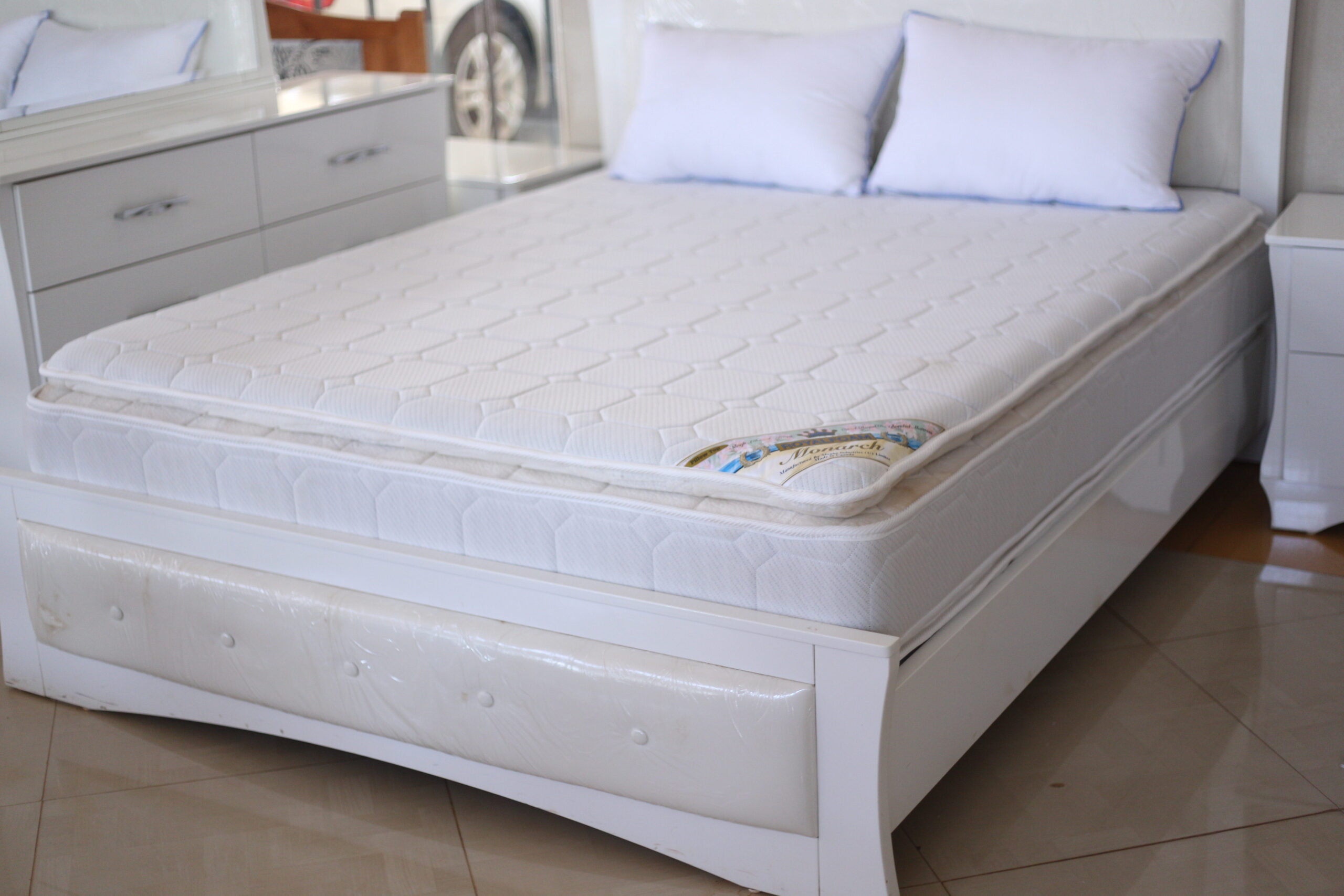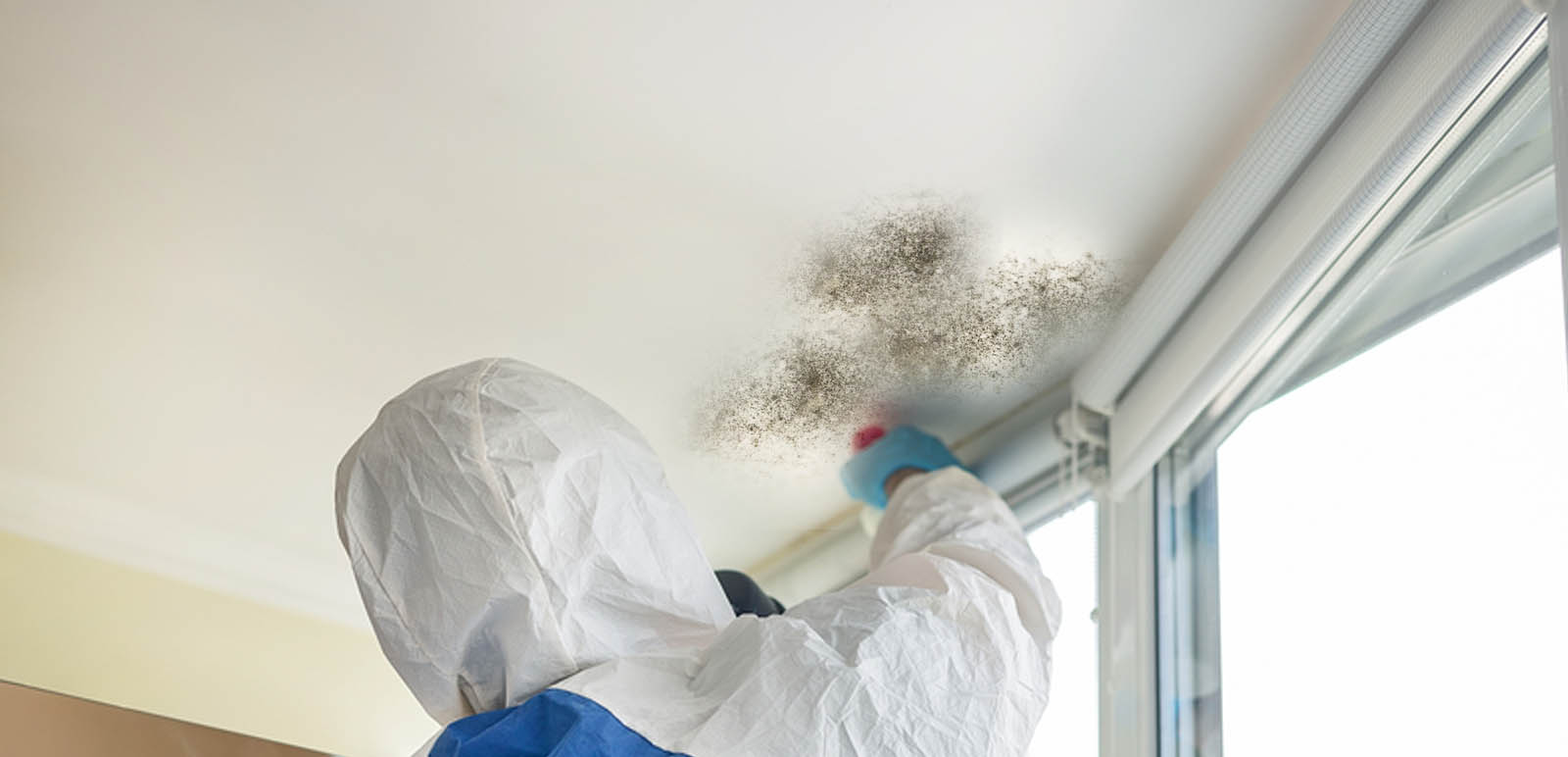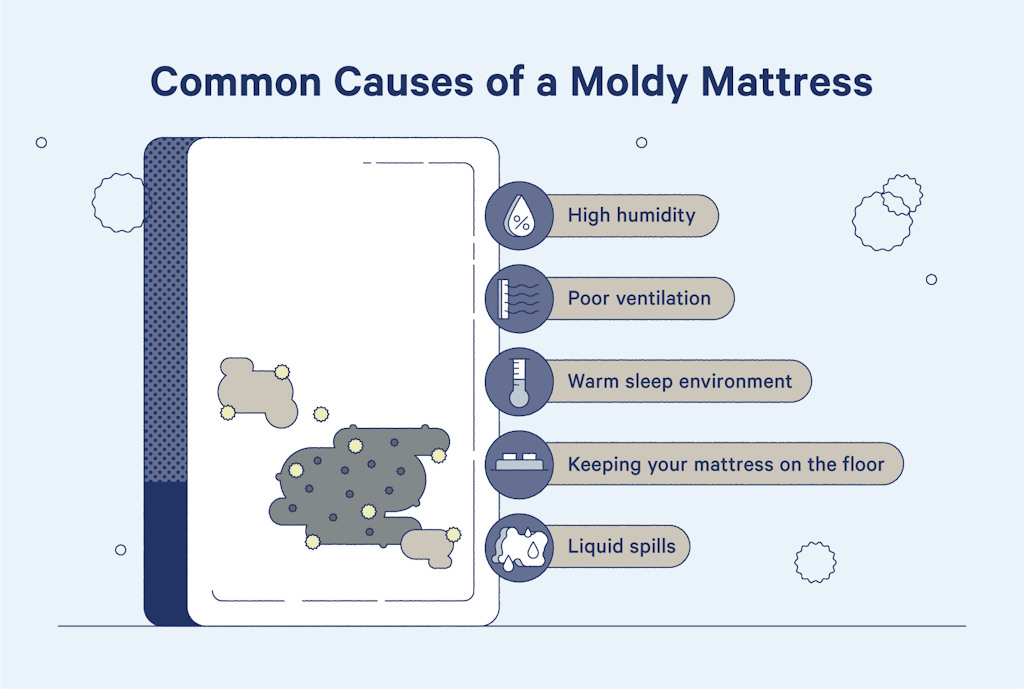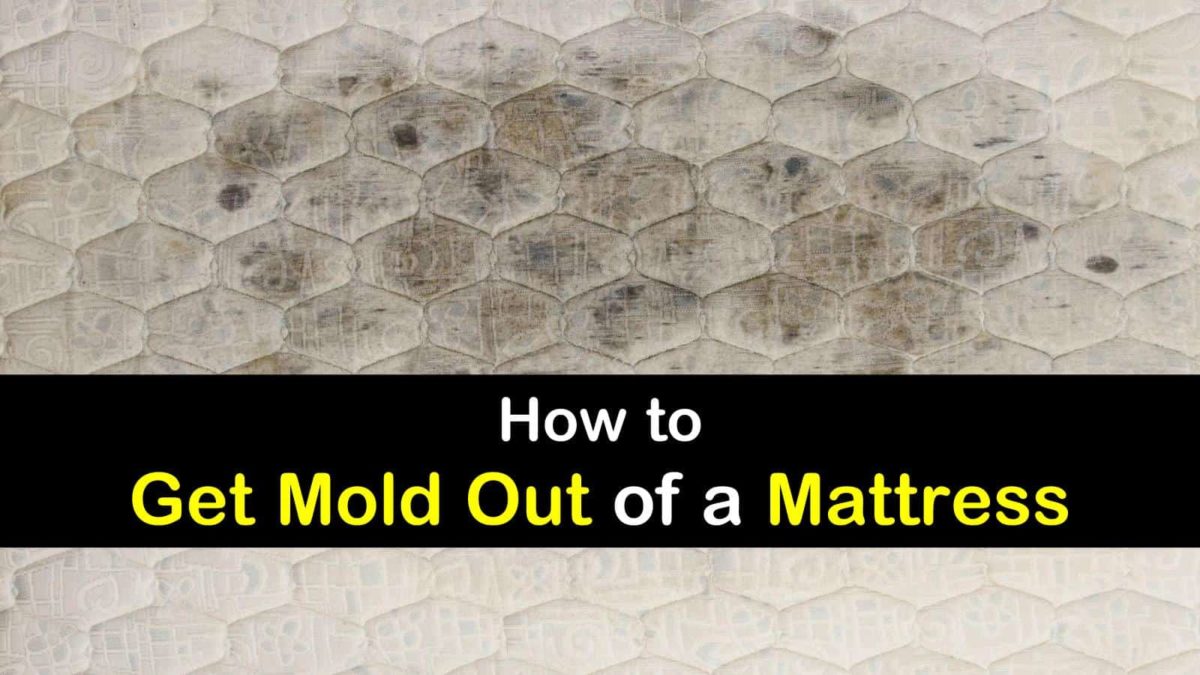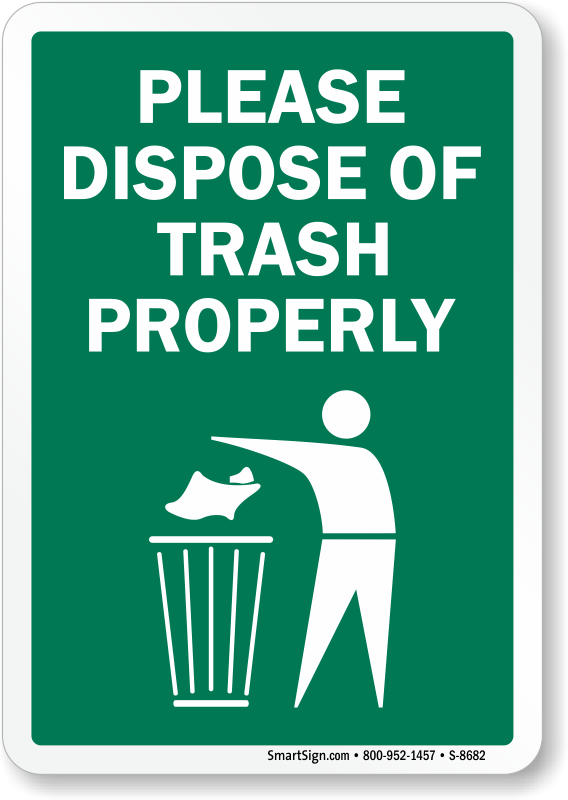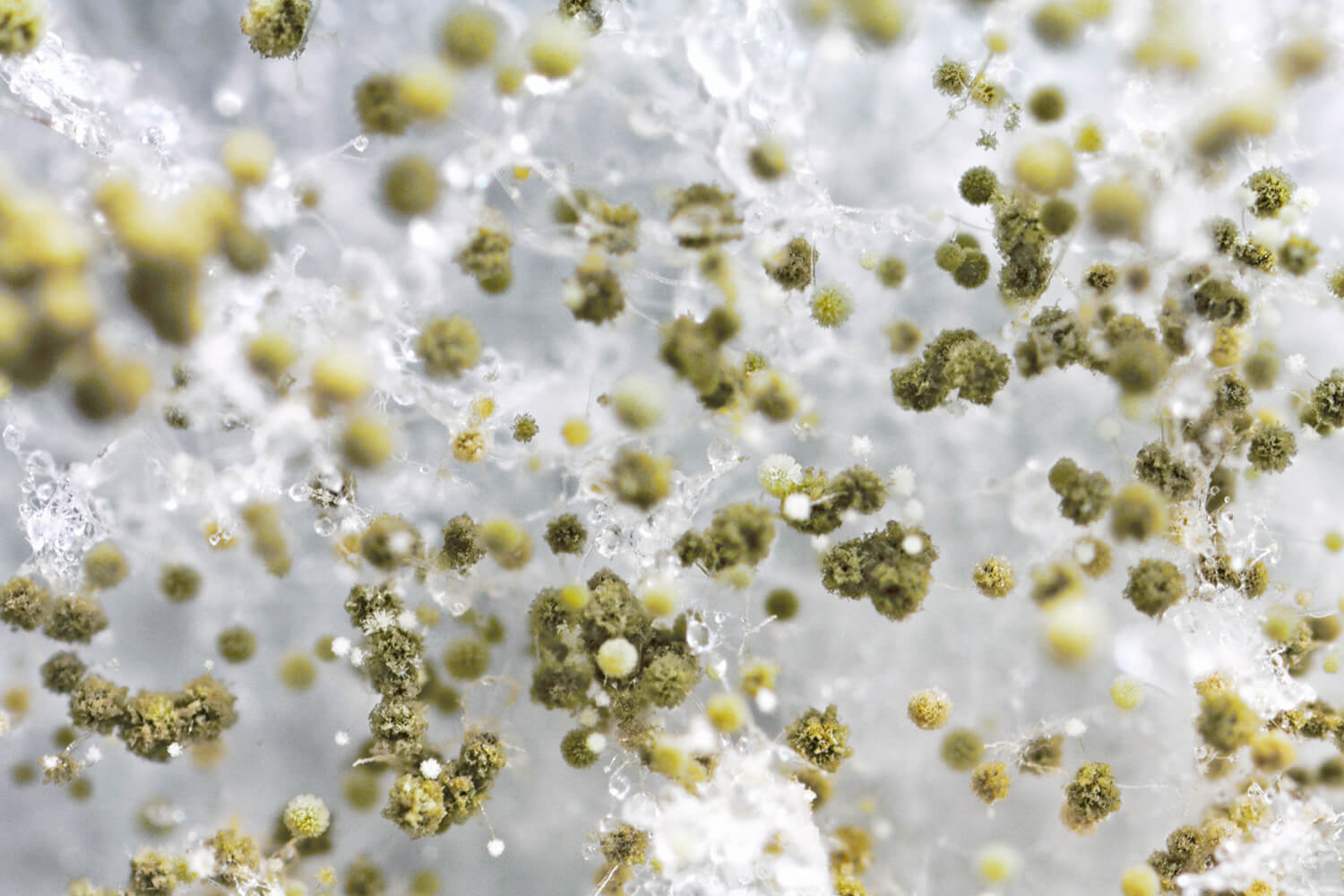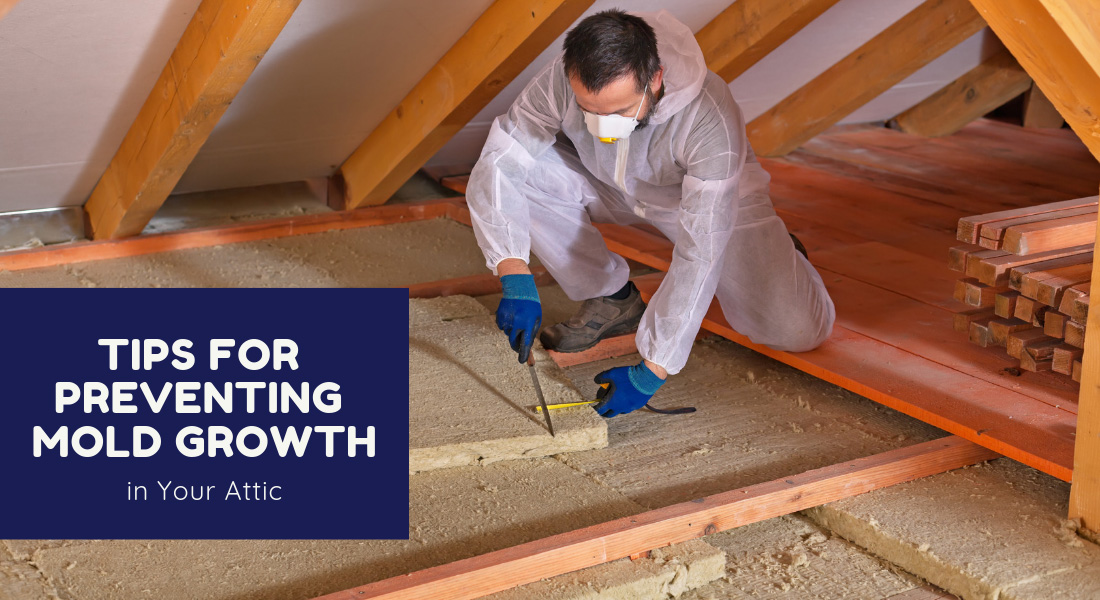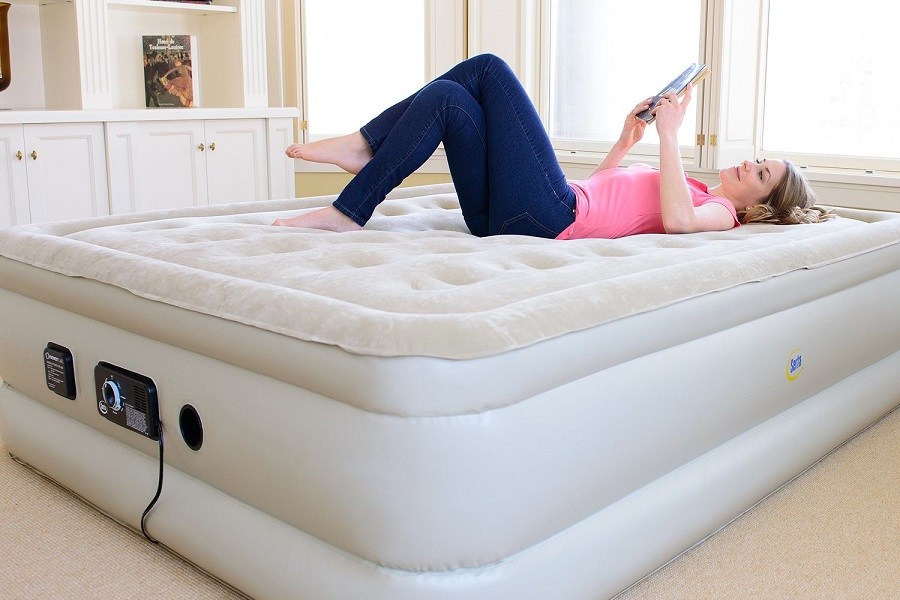Black Mold on Foam Mattress: What You Need to Know
Foam mattresses are a popular choice for many people due to their comfort and support. However, one issue that can arise with foam mattresses is the growth of black mold.
Black mold, also known as Stachybotrys chartarum, is a type of fungus that thrives in moist and dark environments. It can cause health problems and damage to your mattress if left untreated.
If you have a foam mattress and suspect black mold growth, it's important to take action immediately. In this article, we will discuss everything you need to know about black mold on foam mattresses, how to remove it, and prevent it from coming back.
How to Remove Black Mold from a Foam Mattress
Black mold on a foam mattress can be a serious problem and should not be taken lightly. Here are some steps you can take to remove the mold and prevent it from spreading:
Preventing Black Mold Growth on Foam Mattresses
Prevention is key when it comes to black mold on foam mattresses. Here are some steps you can take to prevent mold growth:
Signs of Black Mold on Foam Mattresses
It's not always easy to spot black mold on a foam mattress, but there are some signs you can look out for:
Health Risks of Sleeping on a Foam Mattress with Black Mold
Sleeping on a foam mattress with black mold can pose serious health risks. Some potential health effects of mold exposure include:
DIY Remedies for Black Mold on Foam Mattresses
If you prefer to handle the mold removal process yourself, here are some DIY remedies you can try:
Professional Cleaning Services for Black Mold on Foam Mattresses
If the mold infestation on your foam mattress is severe, it may be best to hire a professional cleaning service. They have the necessary equipment and expertise to effectively remove the mold and prevent it from coming back.
Make sure to do your research and hire a reputable and experienced company to ensure the mold is completely removed.
Replacing a Foam Mattress Infested with Black Mold
In some cases, the mold may be too deep and extensive to effectively remove from a foam mattress. In this situation, it's best to replace the mattress to prevent potential health risks.
When disposing of a mold-infested mattress, make sure to wrap it tightly in plastic to prevent the mold from spreading and contaminating other areas.
How to Properly Dispose of a Foam Mattress with Black Mold
Disposing of a foam mattress with black mold should be done with caution. Here are some steps you can follow:
Preventing Black Mold on Foam Mattresses in the Future
To prevent black mold from growing on your foam mattress in the future, it's important to practice good mattress maintenance:
How to Prevent Black Mold on Your Foam Mattress
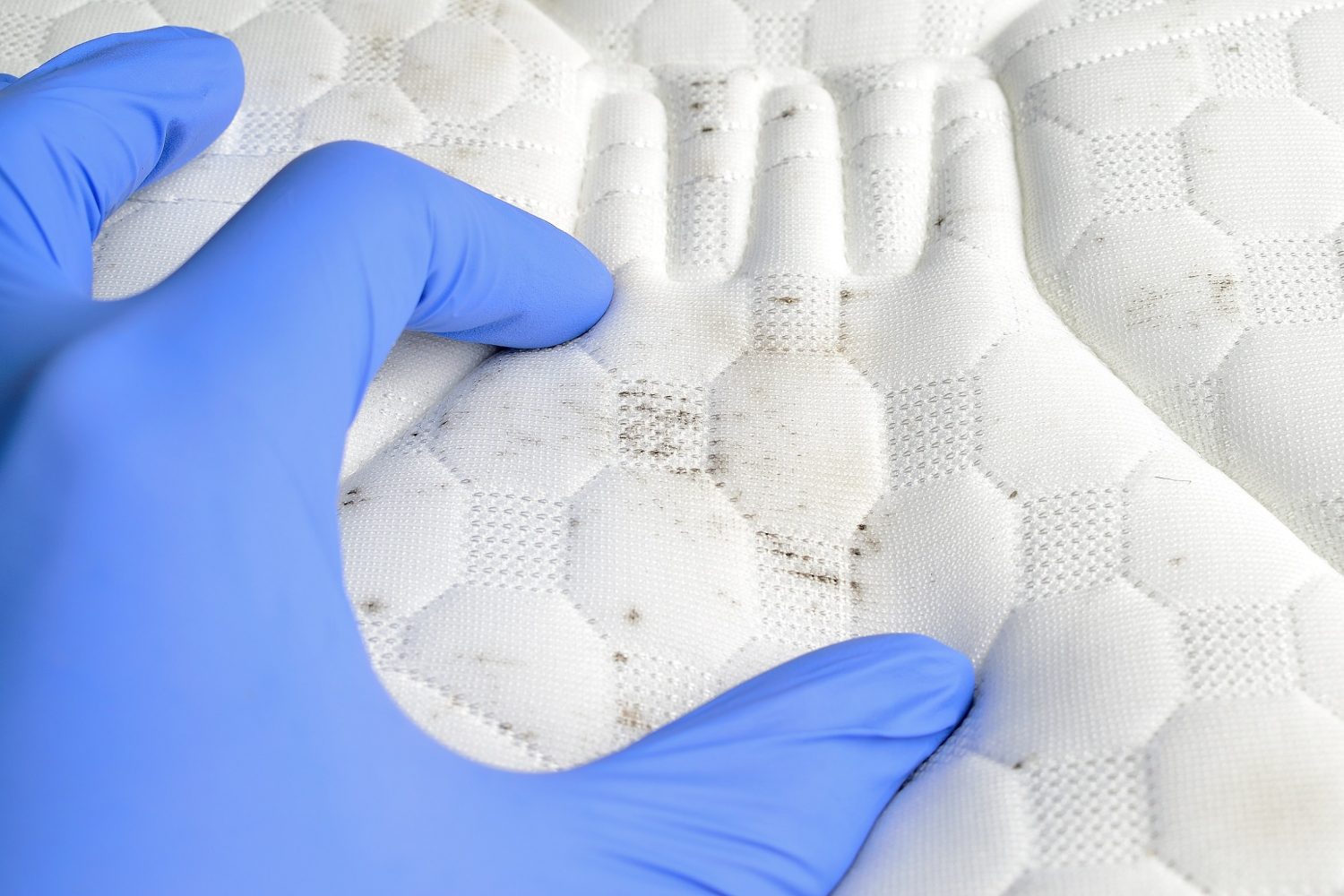
Introduction
 When it comes to designing and decorating our homes, we often focus on the aesthetics and functionality without realizing the potential health hazards that may be lurking in our living spaces. One such hazard is the presence of black mold on our furniture, particularly on our foam mattresses. Black mold, also known as Stachybotrys chartarum, is a type of toxic mold that can thrive in warm and damp environments, making a foam mattress an ideal breeding ground. In this article, we will discuss the causes of black mold on foam mattresses and how to prevent it from growing.
When it comes to designing and decorating our homes, we often focus on the aesthetics and functionality without realizing the potential health hazards that may be lurking in our living spaces. One such hazard is the presence of black mold on our furniture, particularly on our foam mattresses. Black mold, also known as Stachybotrys chartarum, is a type of toxic mold that can thrive in warm and damp environments, making a foam mattress an ideal breeding ground. In this article, we will discuss the causes of black mold on foam mattresses and how to prevent it from growing.
The Causes of Black Mold on Foam Mattresses
 Black mold can grow on any type of mattress, but it tends to thrive on foam mattresses due to their porous and absorbent nature. Foam mattresses are made of materials such as memory foam, polyurethane foam, and latex foam, which can trap moisture and provide an ideal environment for mold growth. Additionally, if a foam mattress is placed on a solid surface without proper ventilation, it can trap moisture from the body and lead to mold growth. Other common causes of black mold on foam mattresses include high humidity levels, water damage, and poor air circulation.
Black mold can grow on any type of mattress, but it tends to thrive on foam mattresses due to their porous and absorbent nature. Foam mattresses are made of materials such as memory foam, polyurethane foam, and latex foam, which can trap moisture and provide an ideal environment for mold growth. Additionally, if a foam mattress is placed on a solid surface without proper ventilation, it can trap moisture from the body and lead to mold growth. Other common causes of black mold on foam mattresses include high humidity levels, water damage, and poor air circulation.
How to Prevent Black Mold on Foam Mattresses
 The good news is that there are several measures you can take to prevent black mold from growing on your foam mattress. Firstly, it is essential to invest in a high-quality waterproof mattress protector. This will not only protect your mattress from spills and stains but also prevent moisture from seeping into the foam. Additionally, make sure to place your foam mattress on a slatted bed base or a box spring with proper ventilation to allow air to circulate and prevent moisture buildup.
It is also crucial to regularly clean and maintain your foam mattress to prevent mold growth. Vacuum your mattress at least once a month to remove any dust, dirt, and dead skin cells that may provide a food source for mold. You can also sprinkle baking soda on your mattress and let it sit for a few hours before vacuuming to absorb any moisture and odors. Furthermore, avoid using excessive amounts of water when cleaning your mattress, as it can saturate the foam and lead to mold growth.
Finally, it is essential to keep an eye out for any signs of mold on your foam mattress. If you notice any discoloration, musty odors, or visible mold growth, take immediate action to clean and disinfect your mattress. You can use a mixture of equal parts water and white vinegar to kill mold spores and prevent them from spreading. However, if the mold has spread extensively, it may be best to replace your foam mattress altogether.
The good news is that there are several measures you can take to prevent black mold from growing on your foam mattress. Firstly, it is essential to invest in a high-quality waterproof mattress protector. This will not only protect your mattress from spills and stains but also prevent moisture from seeping into the foam. Additionally, make sure to place your foam mattress on a slatted bed base or a box spring with proper ventilation to allow air to circulate and prevent moisture buildup.
It is also crucial to regularly clean and maintain your foam mattress to prevent mold growth. Vacuum your mattress at least once a month to remove any dust, dirt, and dead skin cells that may provide a food source for mold. You can also sprinkle baking soda on your mattress and let it sit for a few hours before vacuuming to absorb any moisture and odors. Furthermore, avoid using excessive amounts of water when cleaning your mattress, as it can saturate the foam and lead to mold growth.
Finally, it is essential to keep an eye out for any signs of mold on your foam mattress. If you notice any discoloration, musty odors, or visible mold growth, take immediate action to clean and disinfect your mattress. You can use a mixture of equal parts water and white vinegar to kill mold spores and prevent them from spreading. However, if the mold has spread extensively, it may be best to replace your foam mattress altogether.
In Conclusion
 Black mold on foam mattresses can be a health hazard and should not be taken lightly. By taking preventive measures such as using a waterproof mattress protector, ensuring proper ventilation, and regularly cleaning and maintaining your foam mattress, you can protect yourself and your loved ones from the dangers of black mold. Remember to be vigilant and take immediate action if you notice any signs of mold growth. Your health and well-being should always be a top priority when designing your home.
Black mold on foam mattresses can be a health hazard and should not be taken lightly. By taking preventive measures such as using a waterproof mattress protector, ensuring proper ventilation, and regularly cleaning and maintaining your foam mattress, you can protect yourself and your loved ones from the dangers of black mold. Remember to be vigilant and take immediate action if you notice any signs of mold growth. Your health and well-being should always be a top priority when designing your home.

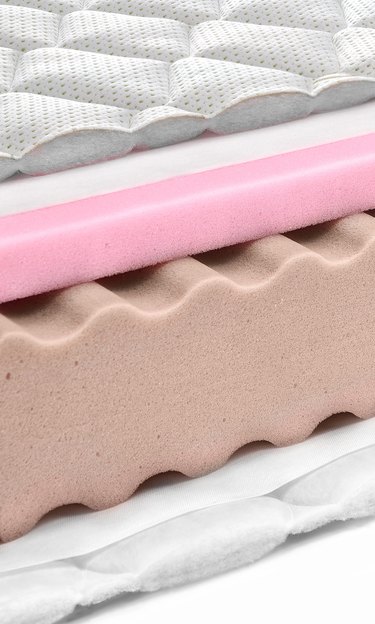
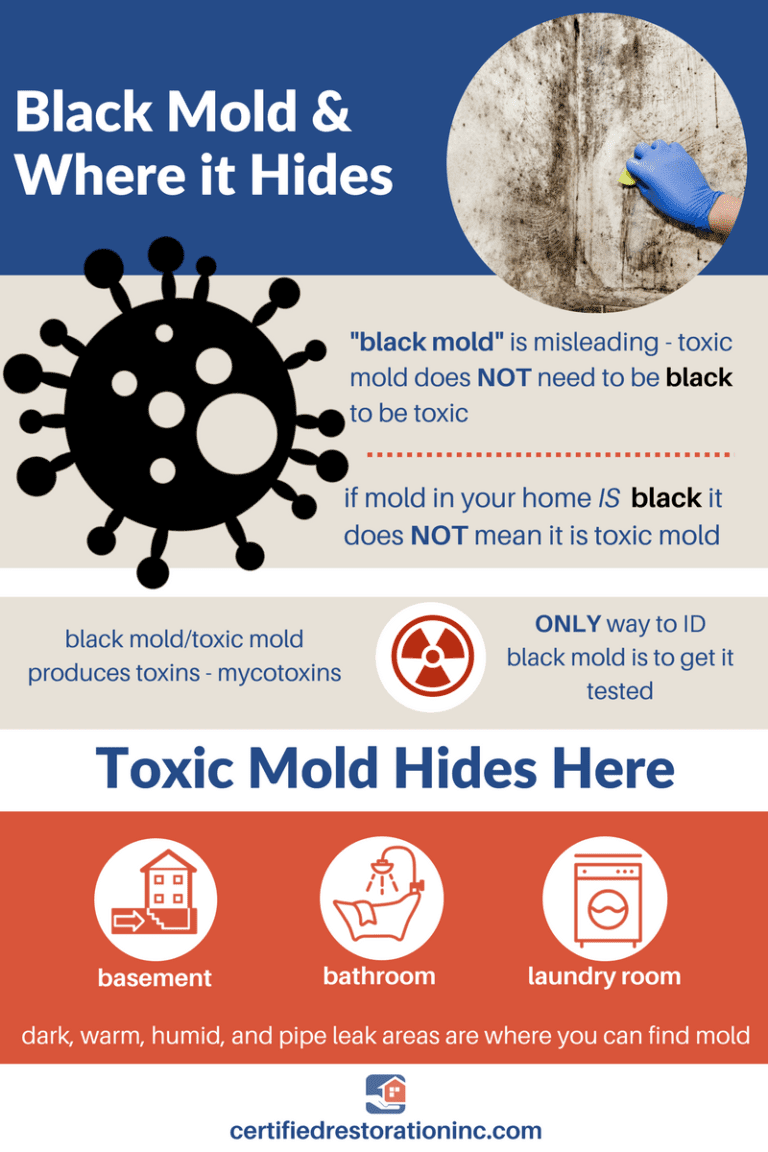
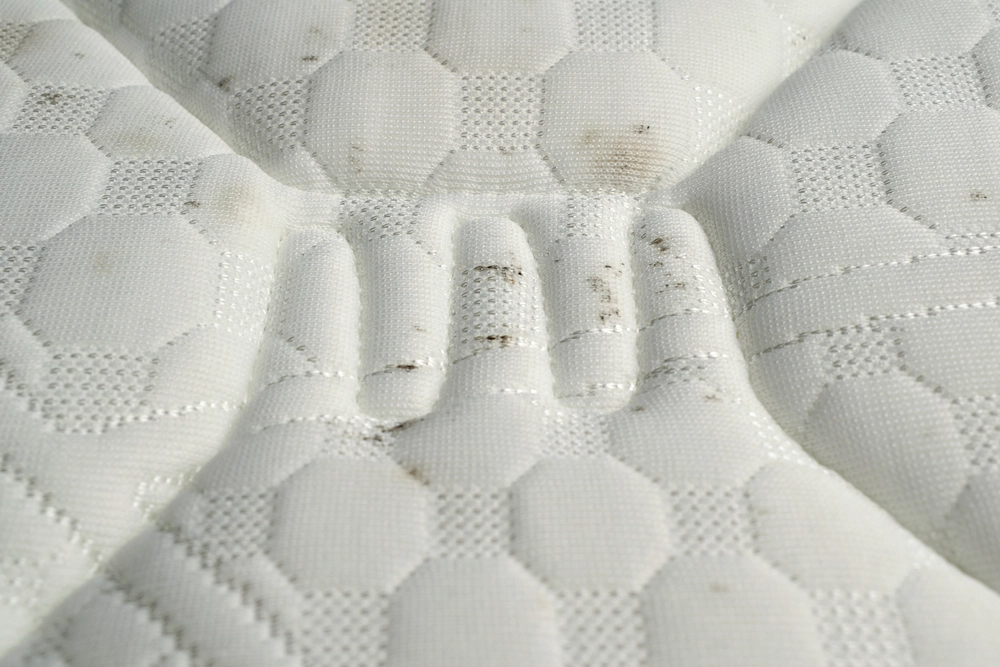


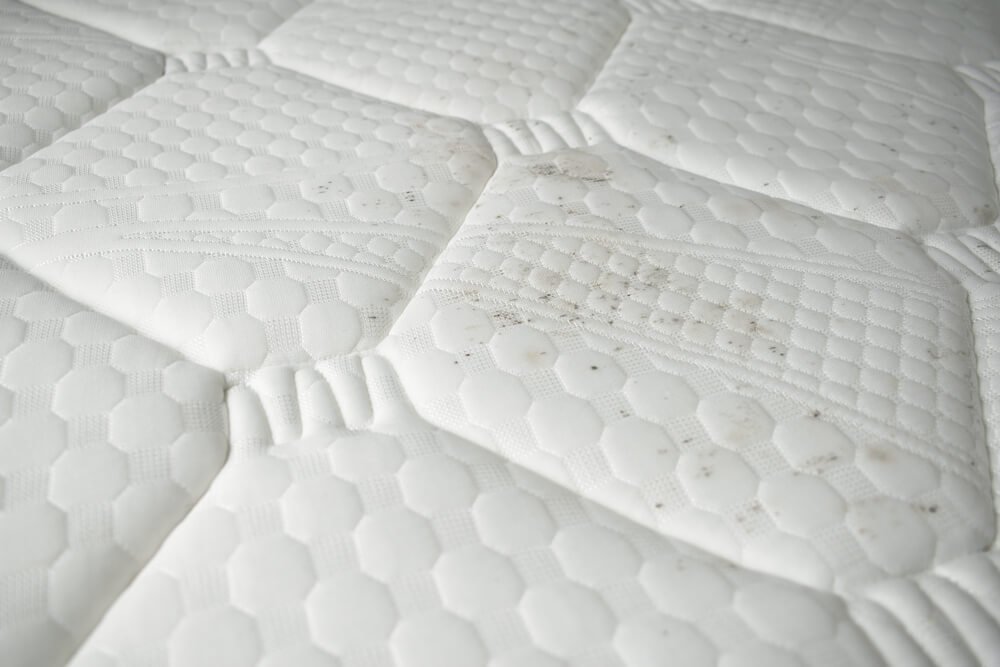
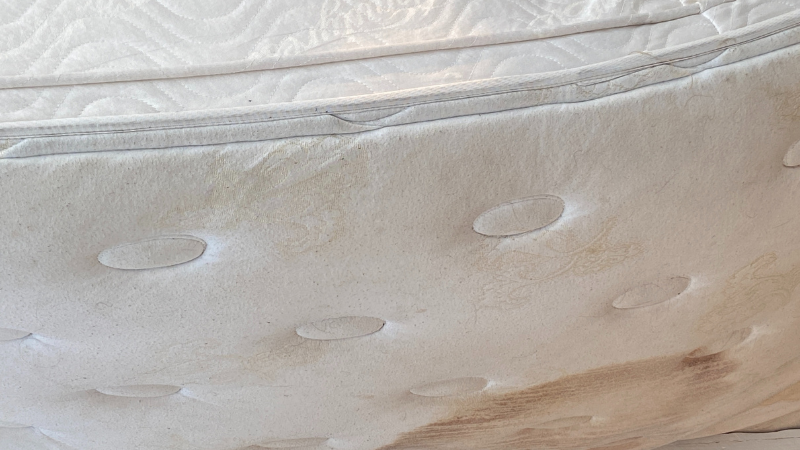



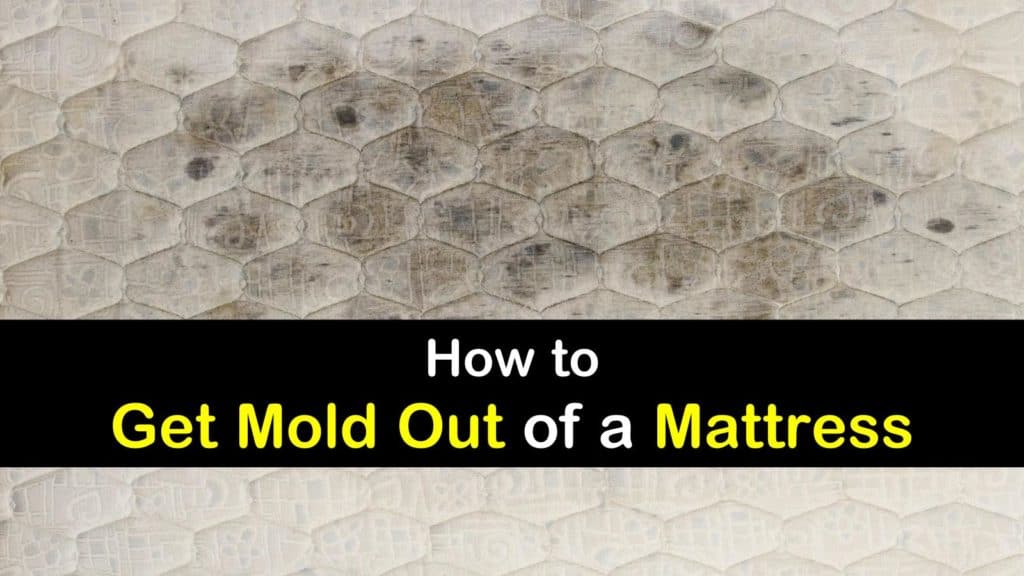

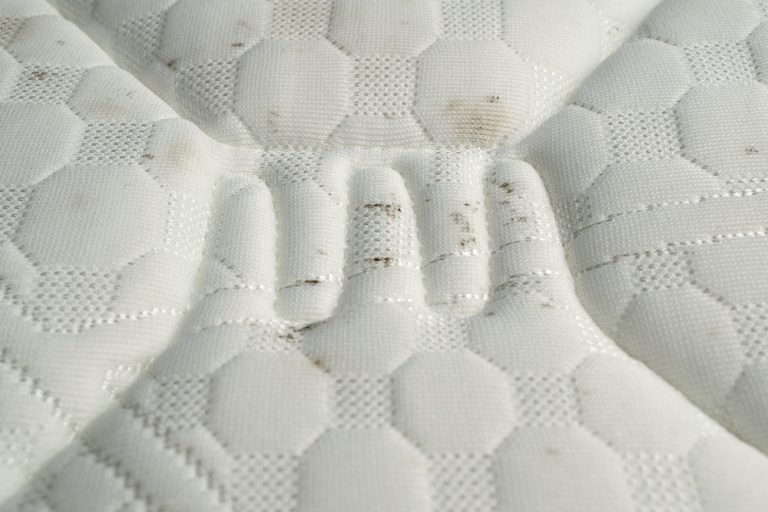
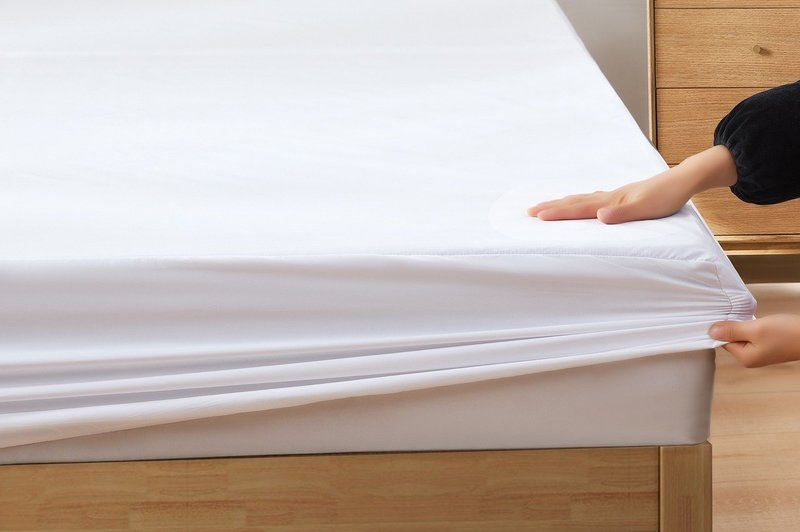
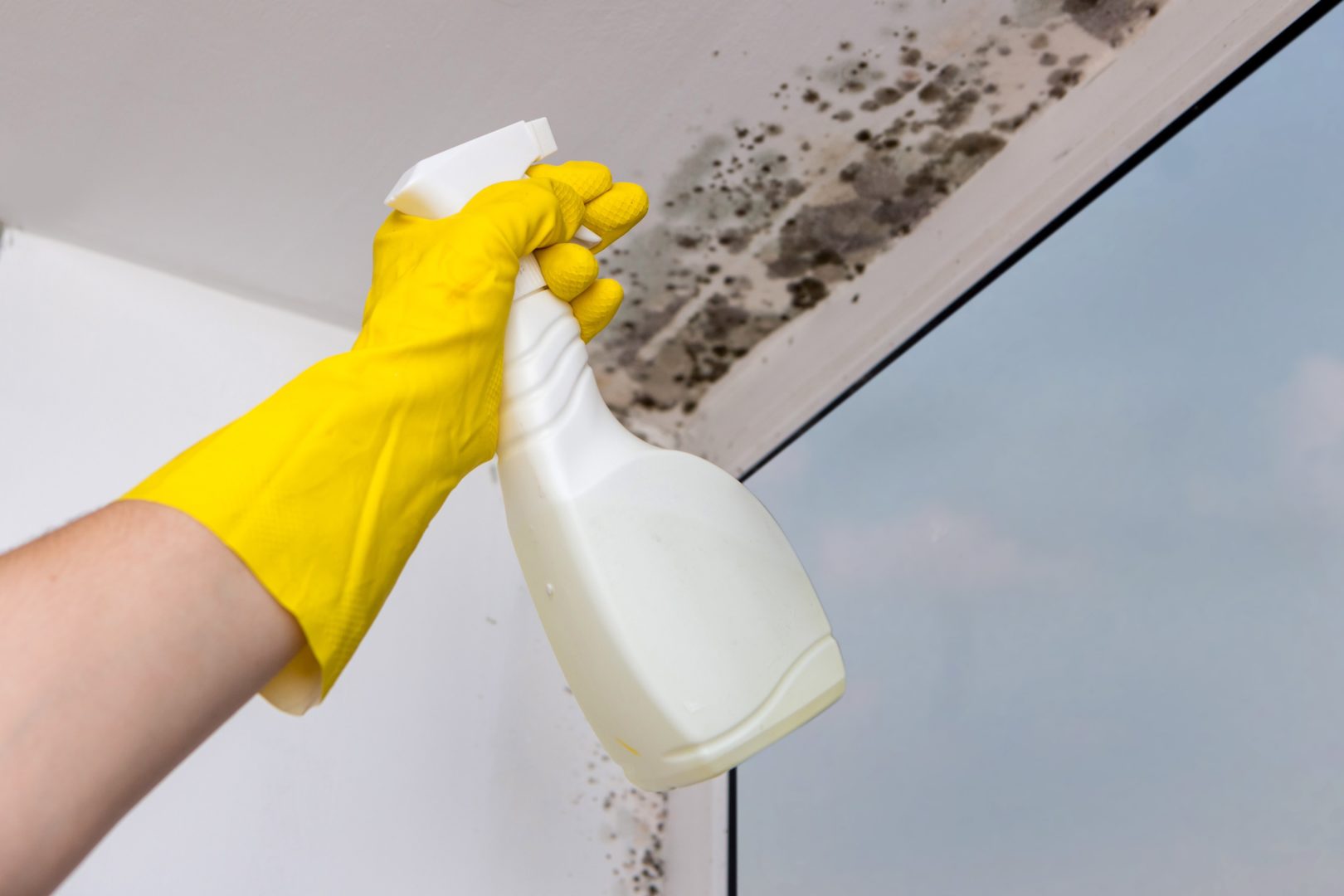
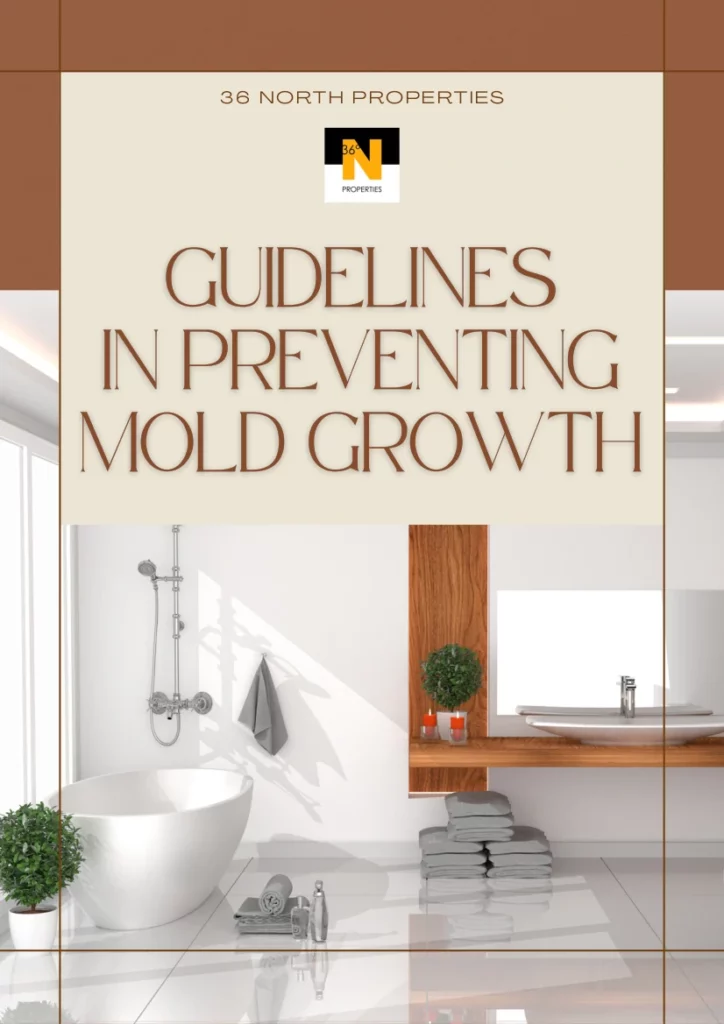




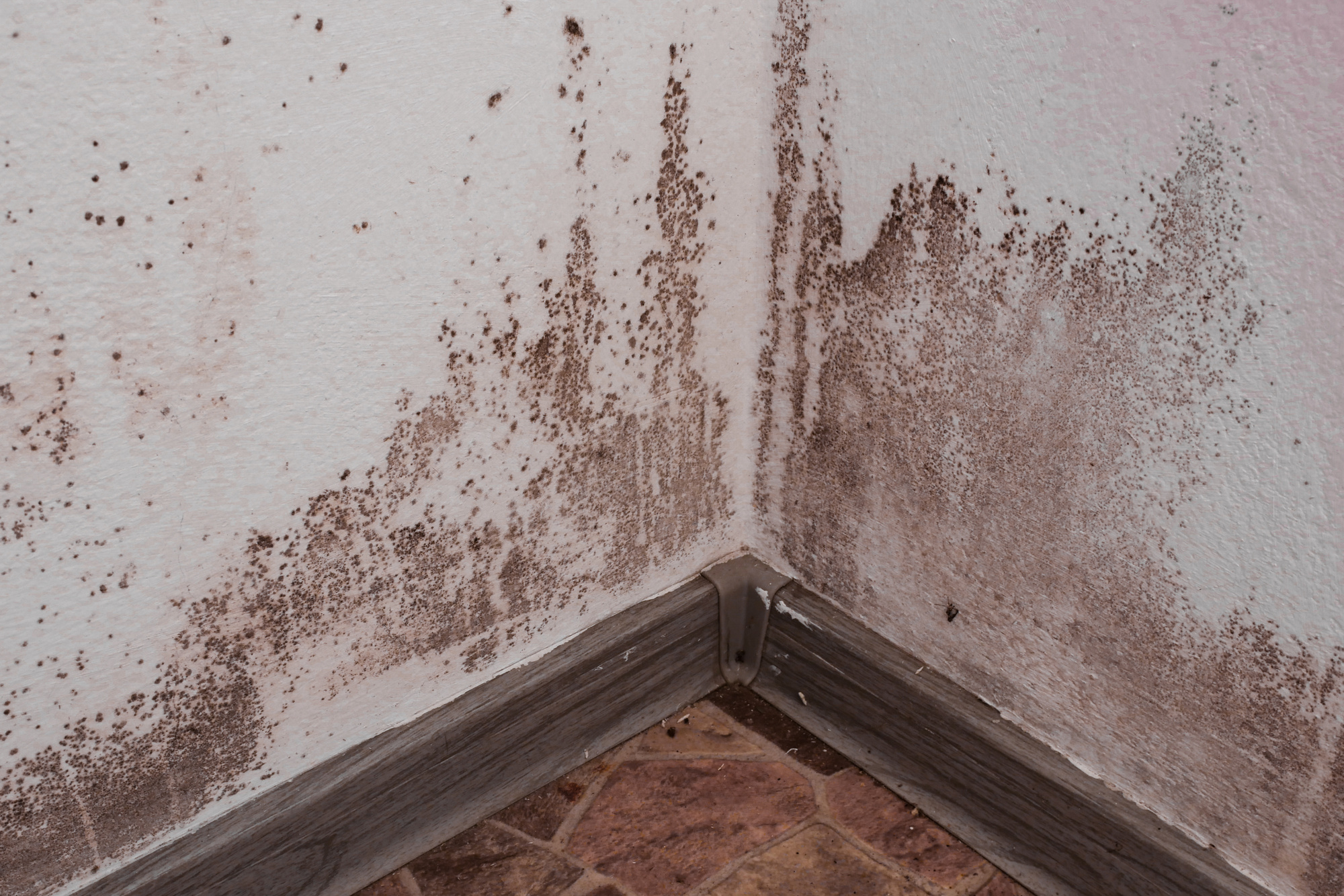

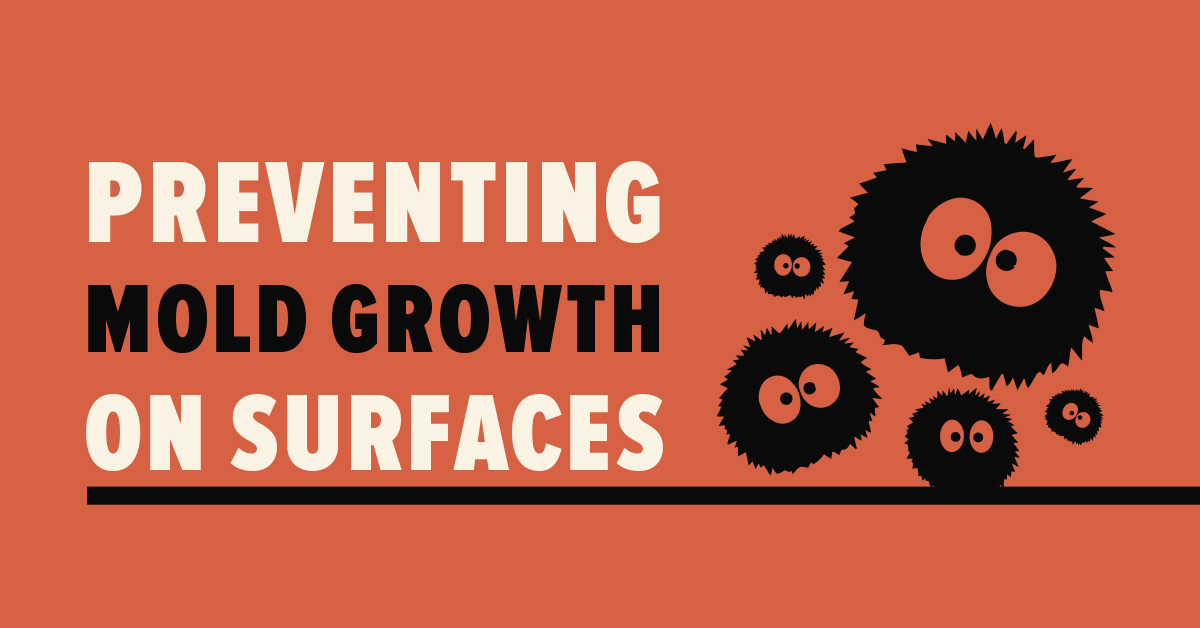
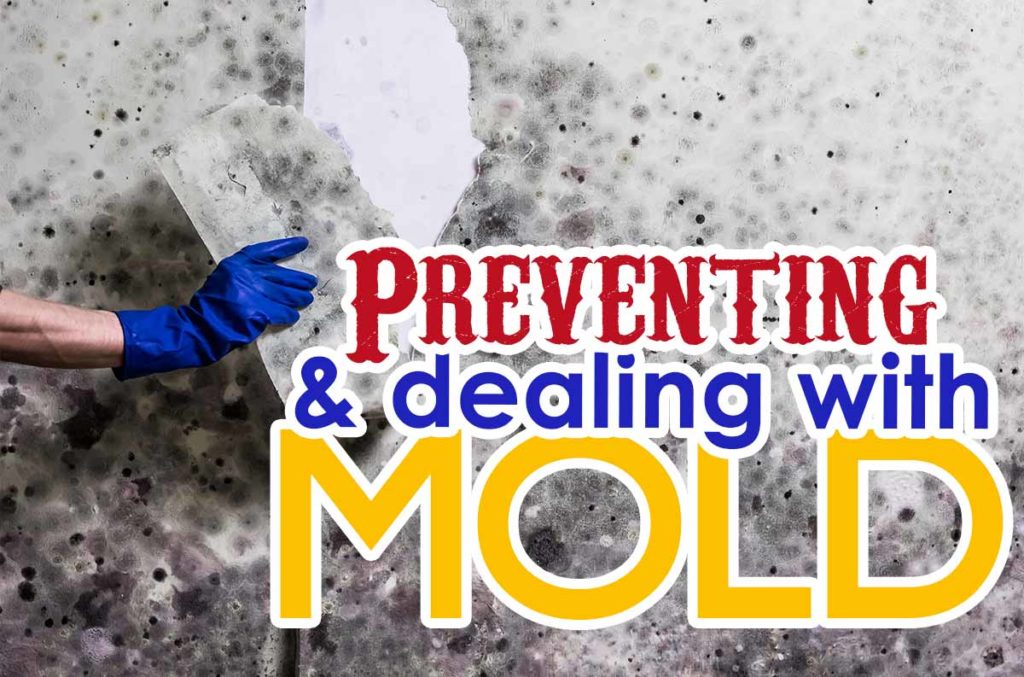
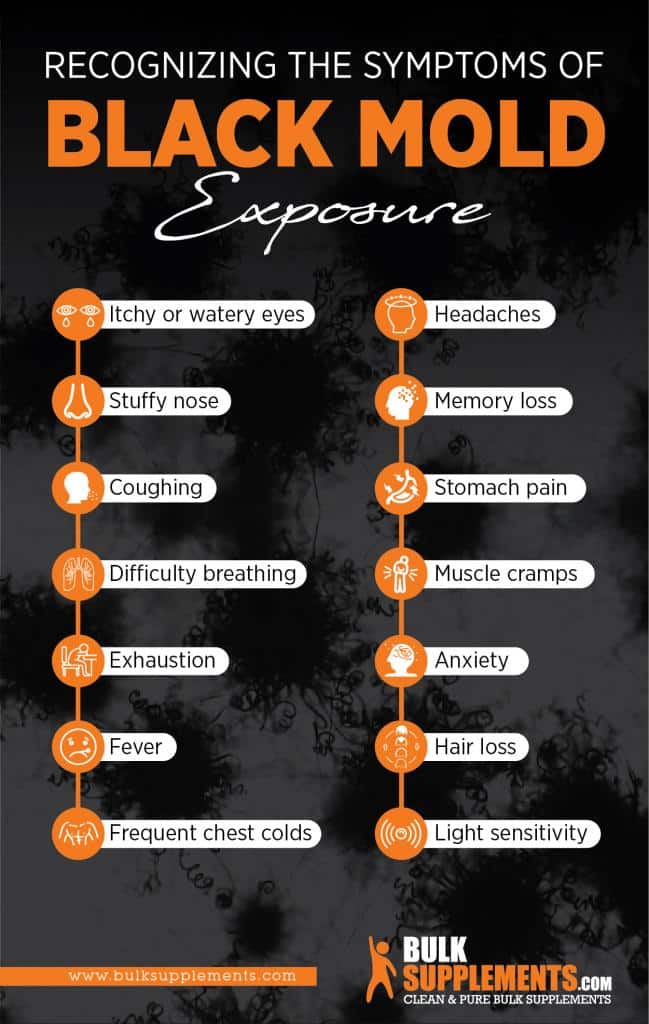


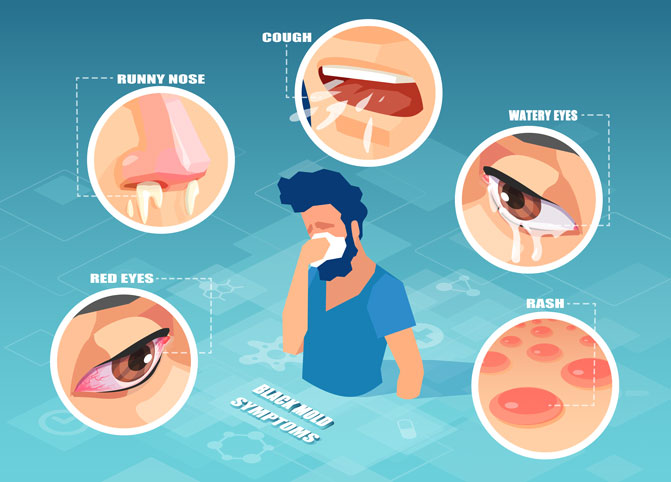
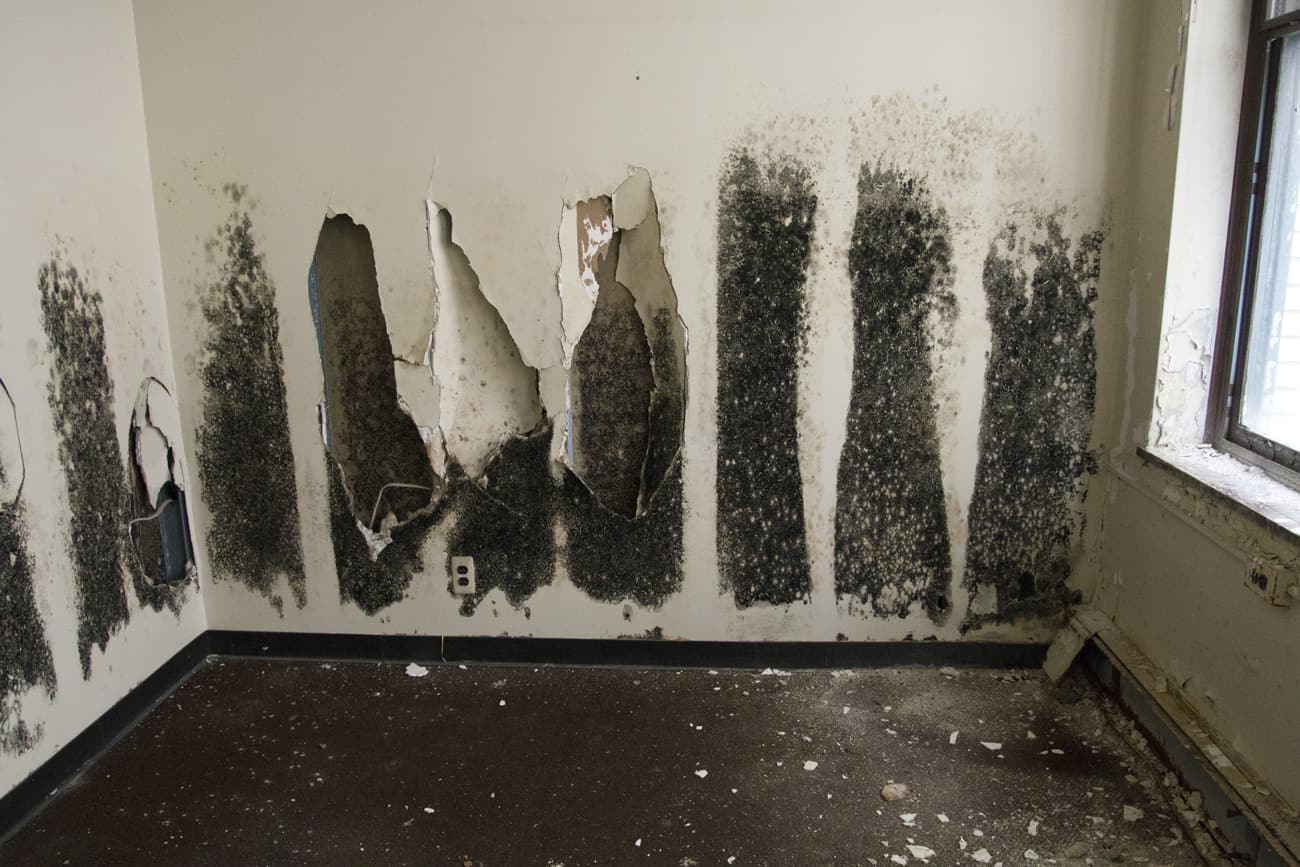
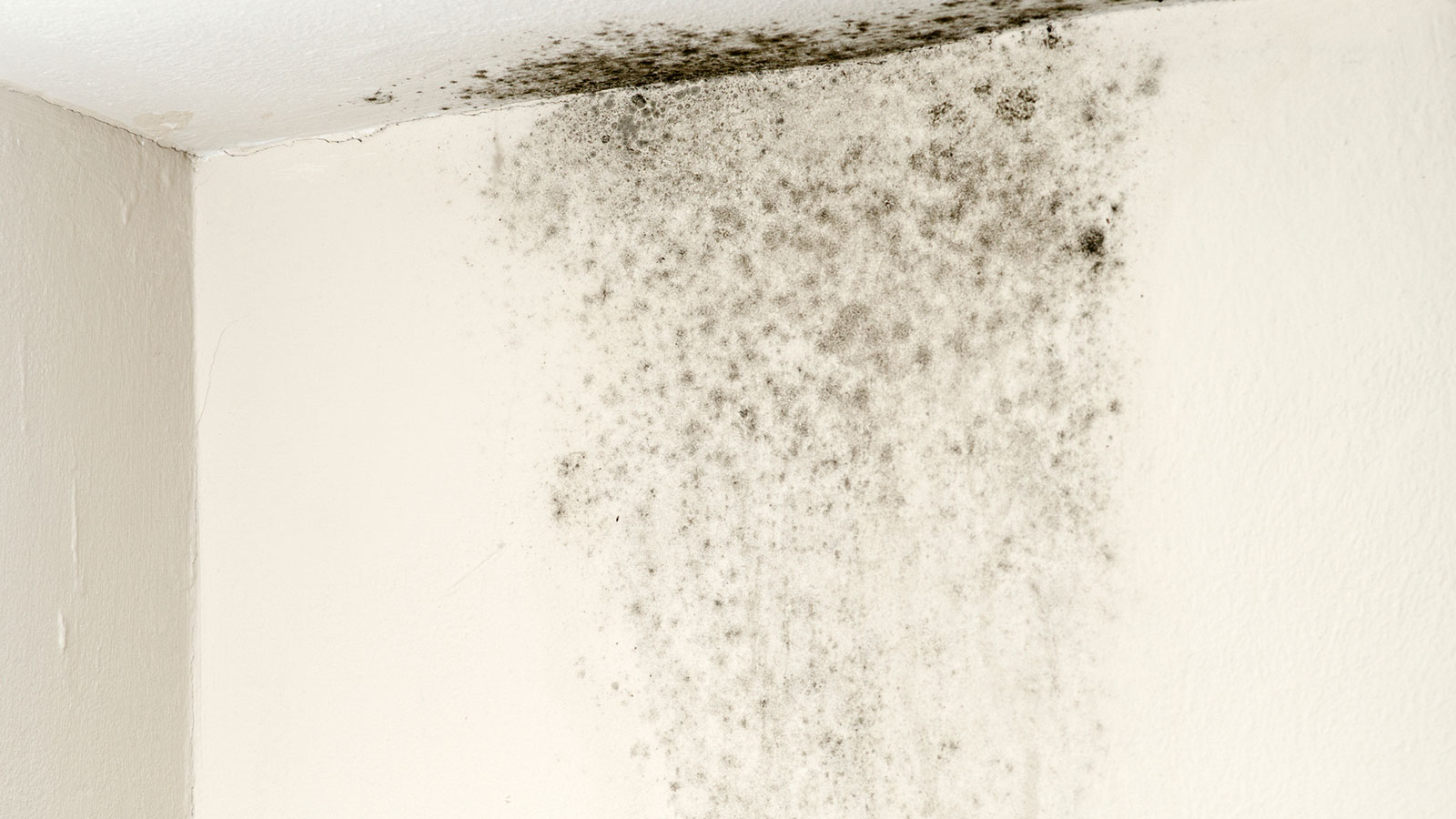







:max_bytes(150000):strip_icc()/what-are-the-symptoms-of-sleep-deprivation-3015161_color4-5b42c4ddc9e77c00374089b8.png)










